What Happens When Fruits Ripen?
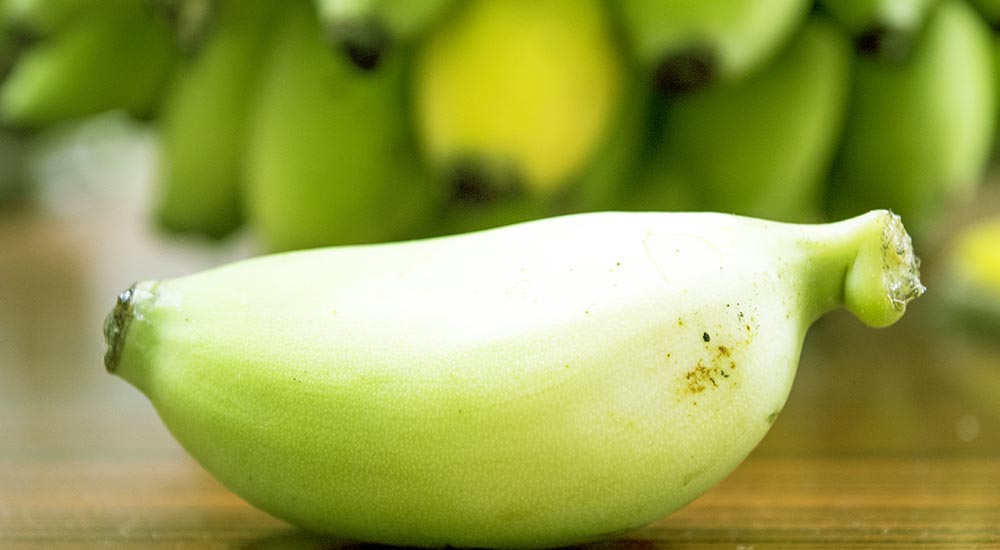
A tiny banana I found from my front yard. Banana is an example of a climacteric fruit that ripens even when picked from the tree. (Fruits that can produce ethylene and CO2 on its own)
Fruits are more delicious when they are ripened fully, and sometimes exquisite when they are at a certain point of time during the ripening process. So what makes them delicious? Why the fruits ripen and what happens to them as they do? Why they change colour? It’s these simple questions from our everyday life, excites us to explore the nature. This edition covers the botany about the ripening process!
The hormone responsible for ripening
Fruit ripening is the result of the hormonal signal from the respective plant. The hormone responsible for carrying this signal is the bio-synthesized ethylene. It is produced throughout the plant’s life by all parts of the plants and is regulated throughout the phases of its growth. Ethylene is also responsible for various biological responses in plants like abscission and germination of seeds. At the time of ripening (and at normal synthesis), ethylene is synthesized by a complex process of converting amino acid methionine with the help of various enzymes. For the chemistry nerds, the complete biosynthesis of ethylene can be explained by the following Methionine cycle (Yang cycle) illustration.
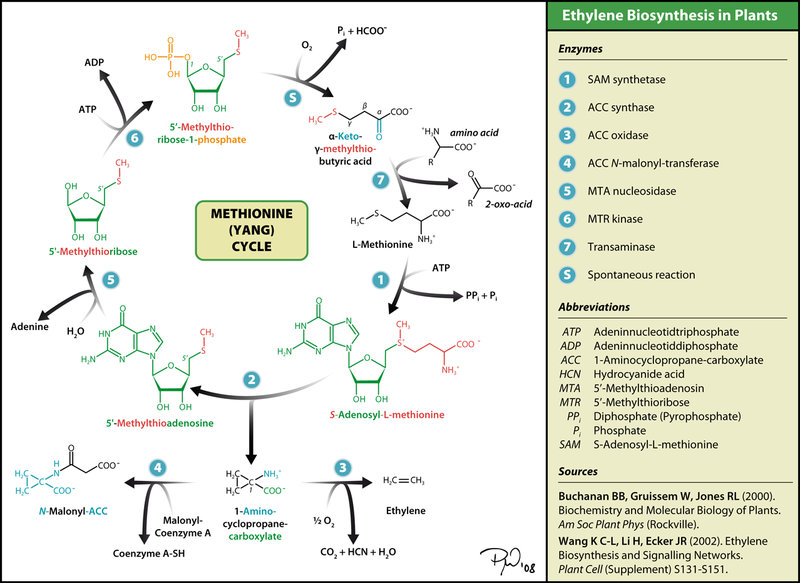
Illustration by Crenim | CC BY-SA
(Note: There are a few inaccuracies in the illustration. You can head over to the Wikipedia talk page for further information.)
What happens during ripening?
When it is the right time for a fruit to ripen (influenced mostly by the natural or artificial environmental regulatory factors), the bio-synthesized ethylene is produced more in it, and this ‘air-borne’ hormone triggers the ripening process. There are several enzymes in play when the fruit ripens. As they are a bit hard to keep track of, the corresponding enzymes and their process are broken down by their biological functions in the following sections.
Taste
The taste of the fruit changes when it ripens. At the initial stage, the fruit is a little tart or sour due to the presence of acids. When the fruit ripens, kinase enzymes turn the acidic fruit to a neutral one by converting them to neutral molecules. The fruit turns sweet when it ripens, because of the enzyme amylase that converts all the starch present in the fruit to sugars as it ripens.
Colour
The colour of the fruit changes from green as they ripen. The colouring pigments are revealed when the chlorophyll is broken down by hydrolase enzymes. This newly revealed pigment gives the characteristic new colour for the fruit. The beautiful significance of the colour change when ripening is in attracting the animals and birds to help the plant in seed dispersal.
Odor
Hydrolases are also responsible for converting large molecules into smaller aromatic compounds. This aroma also helps in attracting animals and birds for seed dispersion later.
Hardness
Unripe fruits are usually hard. This hardness is due to the presence of pectin in the primary cell wall. The pectin is broken down by pectinase and pectinesterase enzymes, (separates cells) making the fruit softer while it ripens.
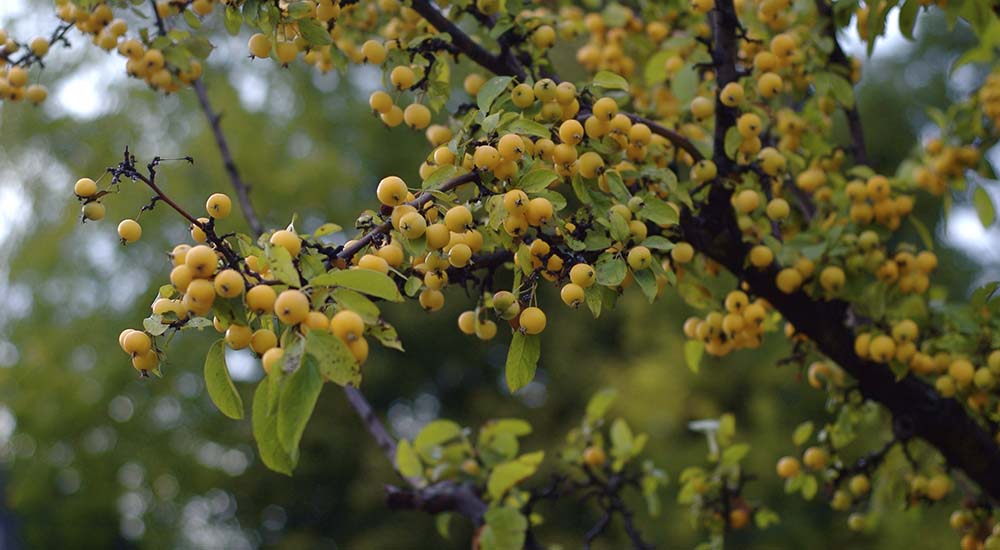
Berries are one of the examples of non-climacteric fruits that ripen only from the tree (Fruits that don’t produce ethylene and CO2 when plucked from the tree). Photo by Justin Henry | CC BY
Thus when these beautiful orchestrations of enzymes play altogether (as they receive the signal via the ethylene hormone) you get your sweet and delicious ripened fruit.
This post was first published on November 2, 2014.

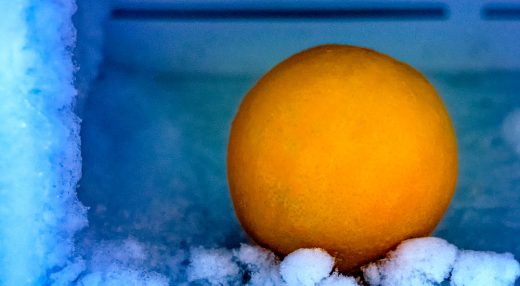
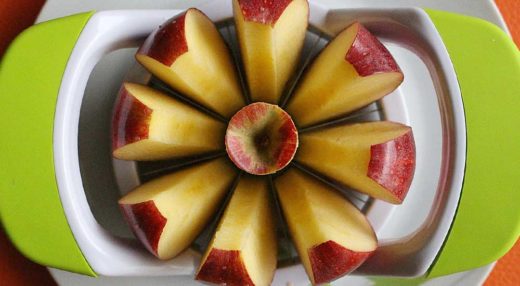








What happens when the fruits are over ripen.
Finally a simple explanation I can understand! Thanks.
That banana is so tiny and cute :)
All i c in that yang cycle is honeycombs. Why is it have to be so hard?